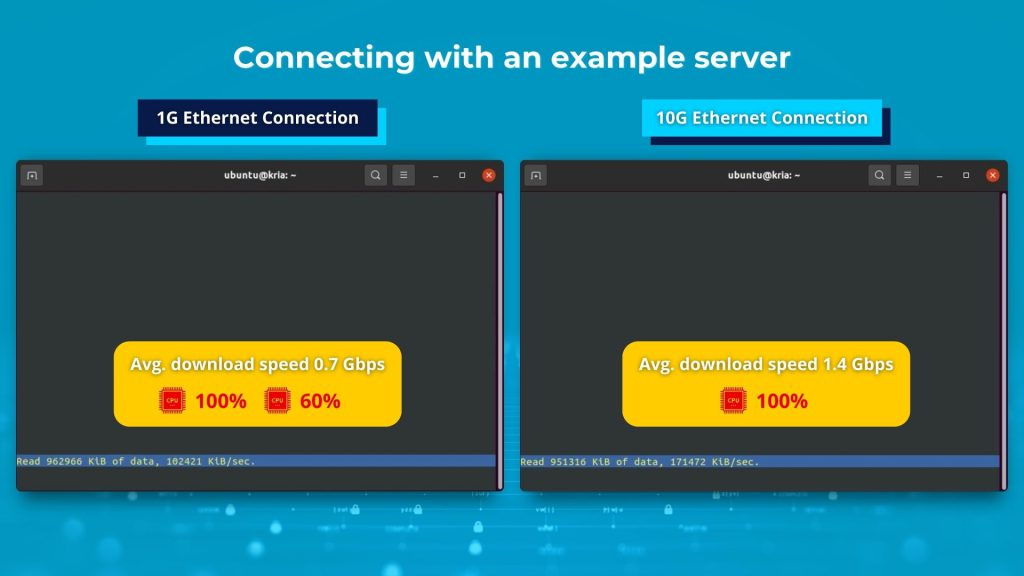Accelerate high-speed secure connection on your KR260 via TLS10GC-IP
As edge computing becomes more critical across industries—from smart factories to autonomous systems—ensuring high-speed secure communication without sacrificing performance is no longer optional.
At Design Gateway, we’re excited to introduce our latest hardware-accelerated TLS solution: ✅ TLS10GC-IP, working alongside TOE10GLL-IP and LL10GEMAC-IP, delivers ultra-fast 10GbE secure communication directly on the AMD Kria KR260 platform.
Why It Matters
Edge devices typically rely on CPU-based encryption, such as OpenSSL, which can severely bottleneck data throughput, especially during TLS handshake and encrypted transfers. In our new demo, we show how you can offload both the TCP/IP stack and TLS tasks to dedicated hardware.

Key Highlights from the Demo
🔹 Platform: AMD Kria KR260
🔹 Browser: Lynx (Text-based, lightweight)
🔹 Encryption Engine: OpenSSL modified to interface with hardware accelerator
🔹 Connection Options: Toggle between 1GbE and 10GbE, with or without hardware acceleration
🔹 Performance: Up to 2x speed improvement while reducing CPU usage
💡 This means more CPU resources are freed for other critical tasks, making your edge device truly efficient.
Performance speaks for itself:
- 1GbE + Software TLS: 0.7 Gbps (100% CPU usage)
- 10GbE + TLS10GC-IP: 1.4 Gbps (same CPU usage, double the speed!) This proves that hardware acceleration is the key to unlocking next-gen edge security without compromising performance.

3-step integration process:
1️⃣ Minimal modification of Lynx and OpenSSL in user space
2️⃣ Seamless communication via /dev/mem and /dev/udmabuf in kernel space
3️⃣ Load accelerator bitstream via provided tools
🎥 Watch the full video demo here
Learn more or get in touch with us
Website: https://design-gateway.com
TLS10GC-IP solutions: https://dgway.com/en/amd/tls-ip.html
GitHub Examples: https://github.com/design-gateway?tab=repositories
Ready to explore secure
Explore secure high-speed connectivity for your next FPGA-based edge application?
Let’s talk! 💬






